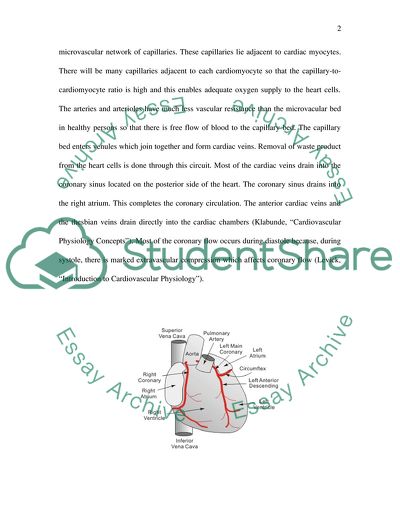Cite this document
(Coronary and Pulmonary Circulations Essay Example | Topics and Well Written Essays - 1500 words, n.d.)
Coronary and Pulmonary Circulations Essay Example | Topics and Well Written Essays - 1500 words. https://studentshare.org/medical-science/1709544-cardiovascular
Coronary and Pulmonary Circulations Essay Example | Topics and Well Written Essays - 1500 words. https://studentshare.org/medical-science/1709544-cardiovascular
(Coronary and Pulmonary Circulations Essay Example | Topics and Well Written Essays - 1500 Words)
Coronary and Pulmonary Circulations Essay Example | Topics and Well Written Essays - 1500 Words. https://studentshare.org/medical-science/1709544-cardiovascular.
Coronary and Pulmonary Circulations Essay Example | Topics and Well Written Essays - 1500 Words. https://studentshare.org/medical-science/1709544-cardiovascular.
“Coronary and Pulmonary Circulations Essay Example | Topics and Well Written Essays - 1500 Words”. https://studentshare.org/medical-science/1709544-cardiovascular.


